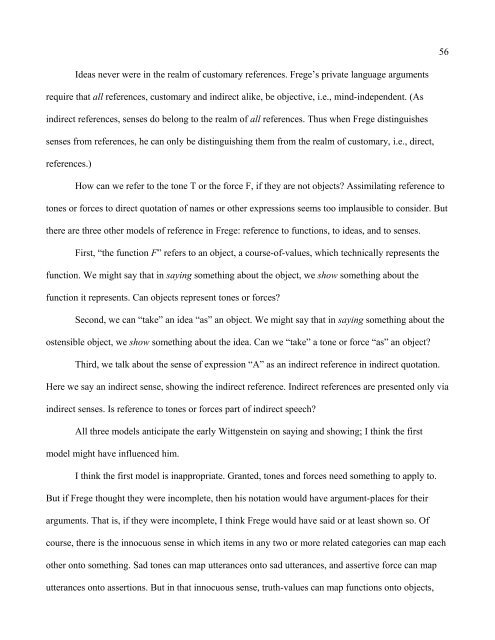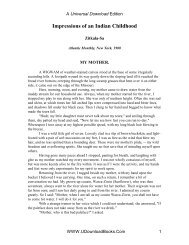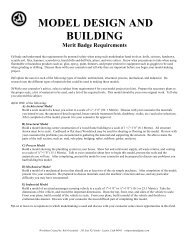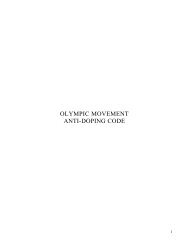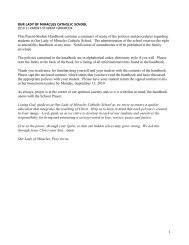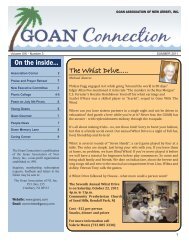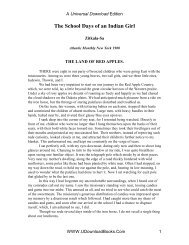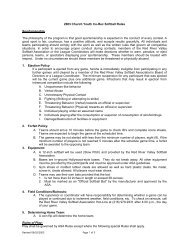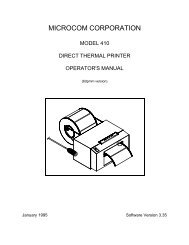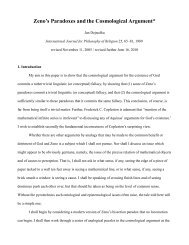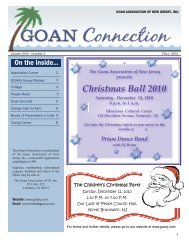Dummett's Backward Road to Frege and to Intuitionism - Tripod
Dummett's Backward Road to Frege and to Intuitionism - Tripod
Dummett's Backward Road to Frege and to Intuitionism - Tripod
You also want an ePaper? Increase the reach of your titles
YUMPU automatically turns print PDFs into web optimized ePapers that Google loves.
Ideas never were in the realm of cus<strong>to</strong>mary references. <strong>Frege</strong>’s private language arguments<br />
require that all references, cus<strong>to</strong>mary <strong>and</strong> indirect alike, be objective, i.e., mind-independent. (As<br />
indirect references, senses do belong <strong>to</strong> the realm of all references. Thus when <strong>Frege</strong> distinguishes<br />
senses from references, he can only be distinguishing them from the realm of cus<strong>to</strong>mary, i.e., direct,<br />
references.)<br />
How can we refer <strong>to</strong> the <strong>to</strong>ne T or the force F, if they are not objects? Assimilating reference <strong>to</strong><br />
<strong>to</strong>nes or forces <strong>to</strong> direct quotation of names or other expressions seems <strong>to</strong>o implausible <strong>to</strong> consider. But<br />
there are three other models of reference in <strong>Frege</strong>: reference <strong>to</strong> functions, <strong>to</strong> ideas, <strong>and</strong> <strong>to</strong> senses.<br />
First, “the function F” refers <strong>to</strong> an object, a course-of-values, which technically represents the<br />
function. We might say that in saying something about the object, we show something about the<br />
function it represents. Can objects represent <strong>to</strong>nes or forces?<br />
Second, we can “take” an idea “as” an object. We might say that in saying something about the<br />
ostensible object, we show something about the idea. Can we “take” a <strong>to</strong>ne or force “as” an object?<br />
Third, we talk about the sense of expression “A” as an indirect reference in indirect quotation.<br />
Here we say an indirect sense, showing the indirect reference. Indirect references are presented only via<br />
indirect senses. Is reference <strong>to</strong> <strong>to</strong>nes or forces part of indirect speech?<br />
All three models anticipate the early Wittgenstein on saying <strong>and</strong> showing; I think the first<br />
model might have influenced him.<br />
I think the first model is inappropriate. Granted, <strong>to</strong>nes <strong>and</strong> forces need something <strong>to</strong> apply <strong>to</strong>.<br />
But if <strong>Frege</strong> thought they were incomplete, then his notation would have argument-places for their<br />
arguments. That is, if they were incomplete, I think <strong>Frege</strong> would have said or at least shown so. Of<br />
course, there is the innocuous sense in which items in any two or more related categories can map each<br />
other on<strong>to</strong> something. Sad <strong>to</strong>nes can map utterances on<strong>to</strong> sad utterances, <strong>and</strong> assertive force can map<br />
utterances on<strong>to</strong> assertions. But in that innocuous sense, truth-values can map functions on<strong>to</strong> objects,<br />
56


